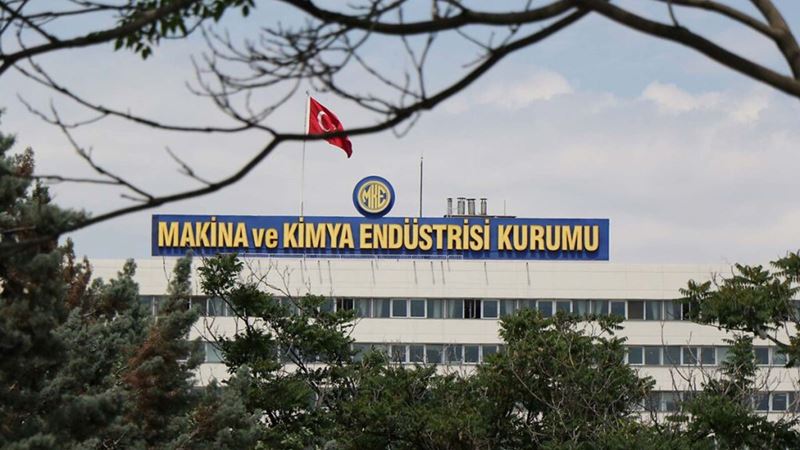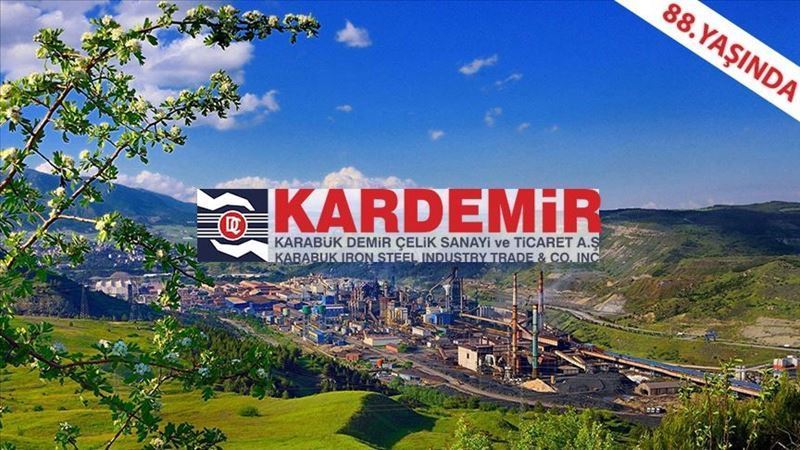Energy restrictions, which started in early summer and have persisted, have significantly impacted Iran's steel production. This decrease is estimated to be around one million tons, equivalent to more than 450 million dollars since the beginning of the year. The majority of this decline (90 percent) is in billet production, pointing to a particularly severe effect on small and medium-sized private companies due to power shortages.
Sponge Iron Production Growth: A Ray of Hope for the Steel Market
In contrast, sponge iron production has shown as a strong point, with an 11.2% increase in the first eight months of the year. This growth is seen as a potential stabilizing factor for the steel market, particularly during the period of gas restrictions. However, this improvement may be short-term.
Concerns Over Pellet Production Decline and Raw Material Supply
The 2.8% drop in iron ore pellet production, along with a 9% rise in exports, has created significant challenges for raw material supply to sponge iron producers. These developments have raised concerns about the continuity of production in this sector.
Decline in Long Production manufacturing and Market Stagnation
The manufacturing of long products has decreased by 6.7%, reflecting a deepening recession in the steel consumer market and excess production. This drop occurred amid reduced export incentives, due to the requirement to return half of the foreign currency, posing an additional challenge for rolling mills.
These figures not only demonstrate the direct impact of energy restrictions on the steel industry but also emphasize the need for a reassessment of policies that support production and exports.









Comments
No comment yet.